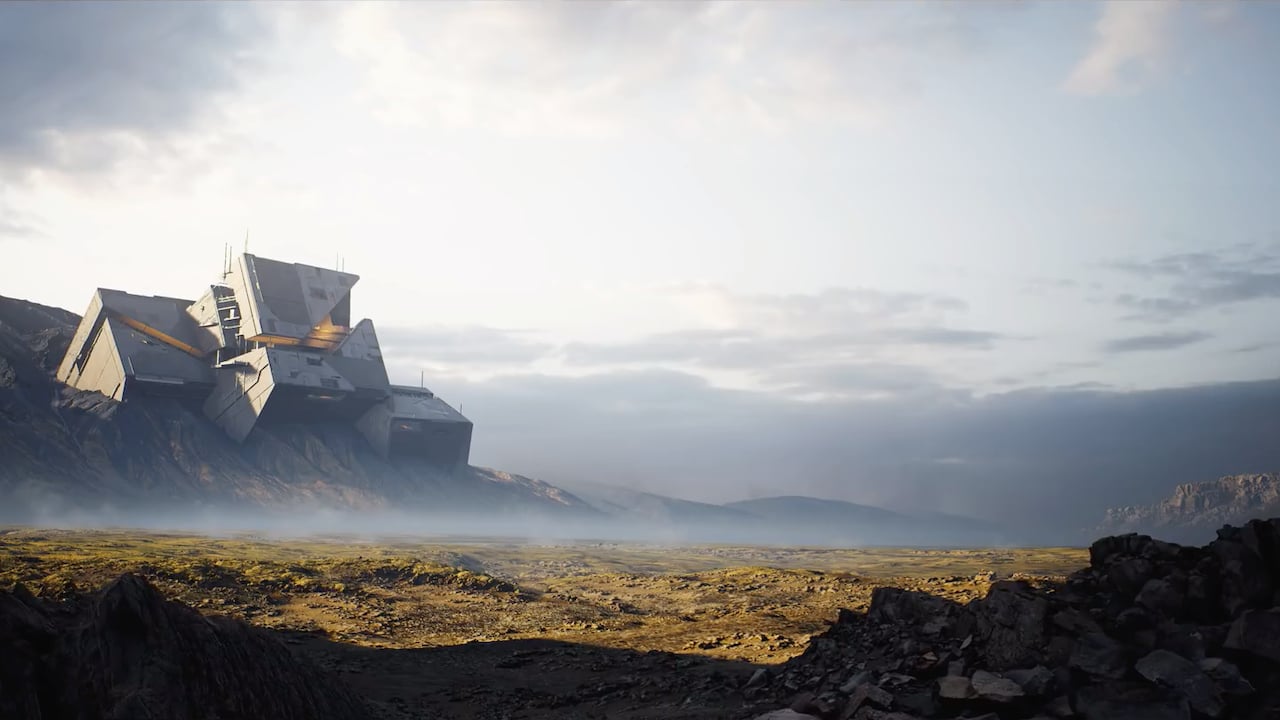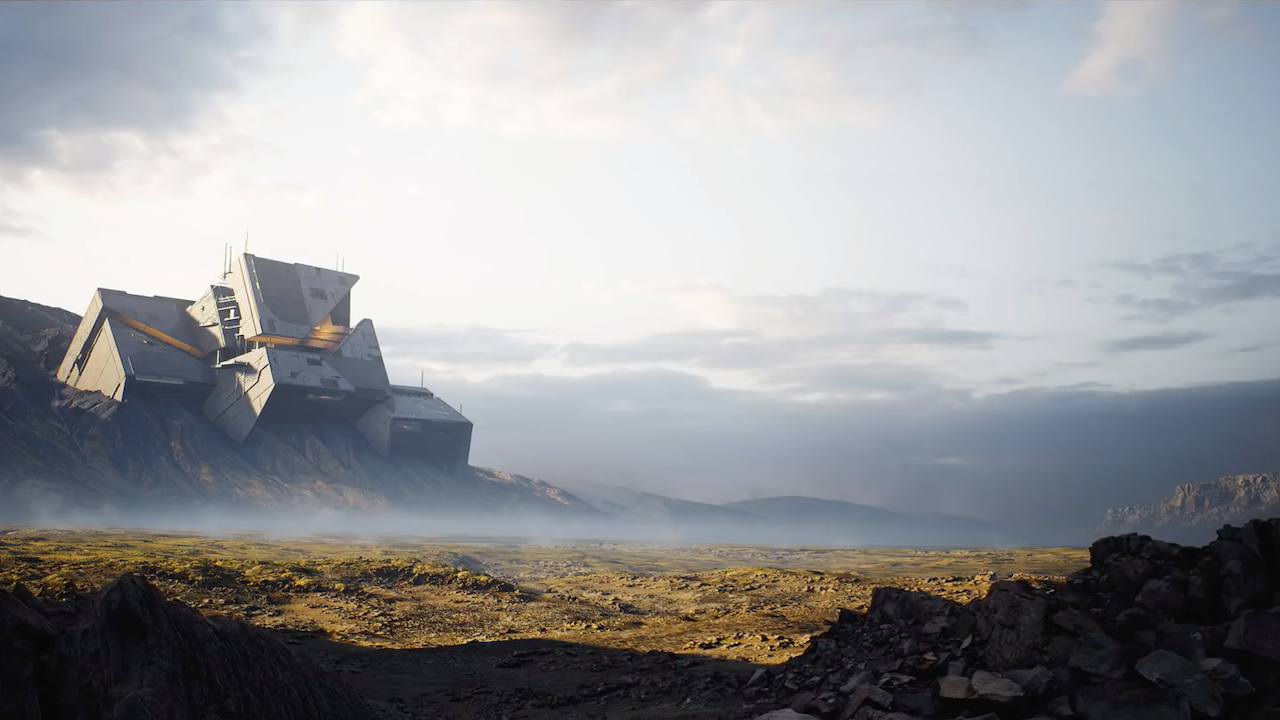
 Stunning realtime imagery: and we've not even got to the ray-tracing yet
Stunning realtime imagery: and we've not even got to the ray-tracing yet
Unreal Engine 4.22 will ship next month and include ray-tracing for the first time. The results are absolutely stunning.
One of the fixtures of the annual Game Developers Conference that just wrapped in San Fransisco is Epic’s annual showcase for its Unreal Engine’s capabilities, and this year it showed just how far it is now pushing realtime CGI.
According to Epic there are now 7.5 million licensees worldwide for the Unreal Engine, which is a big pool of creativity to tap into. By the noises it made at the GDC though it isn’t done trying to expand that, committing $100 million to a new program called Epic MegaGrants to assist everyone from game developers to students and educators who are “doing incredible things with Unreal Engine or improving open-source capabilities for the 3D graphics community.”
This is a bit of a raising of the game from the company’s previous Unreal Dev Grants program, a $5 million fund initially launched in 2015, which awarded its final grants last week. But then the Unreal Engine has moved on substantially since too, as the videos below show.
Unreal Engine 4.22 releases next week and is billed as the fastest version of UE4 yet. Compile times have been reduced, while the new list of features includes ray tracing, new Live++ hot reload for live coding, multi-user collaboration, Niagara VFX enhancements, Microsoft HoloLens streaming support (with full HoloLens 2 support coming in May), and support for Google’s new Stadia game streaming platform.
Yes, ray-tracing. This changes the game. And this is what you can do with it.
Troll, is a realtime short from Goodbye Kansas and Deep Forest Films that shows the ability of ray-tracing to create cinema-quality lighting. Frankly, just watch and marvel that this stuff is being done in realtime.
Rebirth, meanwhile, was created by a three-three-string team at Quixel and shows just how far you can push photorealism in UE. It was lit, composed, edited, and rendered entirely in UE4.21 with no custom plug-ins or code, hooking into real-world scans from the company’s own Megascans Icelandic collection.
It’s stunning stuff and we have to say we’re rather looking forward to seeing what people can do with the new UE4.22 toolset. Over to you…
Tags: Technology


Comments